In shrimp-keeping, leaves play a pivotal role, not just as a natural decor element but as a source of nutrients, biofilm, and tannins. This guide offers a comprehensive look at the leaves safe for use in shrimp tanks, ensuring your shrimp thrive in a healthy and enriched environment.
Why Use Leaves in Shrimp Tanks?
Natural Foraging: Leaves foster the growth of biofilm and microorganisms, essential for shrimp diets.
Water Quality: Some leaves release beneficial tannins, reducing pH and inhibiting harmful bacteria.
Nutritional Benefits: Decomposing leaves provide trace minerals and organic material to shrimp.
Safe Leaves for Shrimp
Here’s a curated list of shrimp-safe leaves, categorized for easy reference:
Fruit Tree Leaves
| Leaf Type | Image | Key Benefits |
|---|---|---|
| Apple | 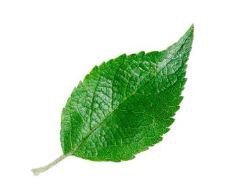 | Nutrient-rich, moderate decomposition |
| Cherry | 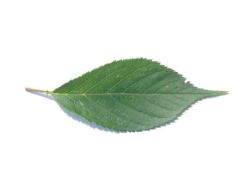 | Biofilm support, aesthetic appeal |
| Crabapple | 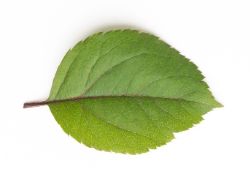 | Provides biofilm and trace minerals |
| Peach | 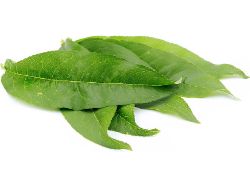 | Soft texture, quickly decomposes |
| Plum | 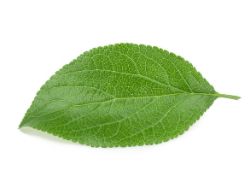 | Adds variety to shrimp diet |
Nut Tree Leaves
| Leaf Type | Image | Key Benefits |
|---|---|---|
| Hickory | 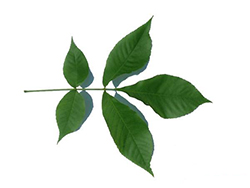 | Slow decomposition, tannin-rich |
| Walnut | 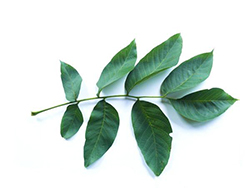 | Long-lasting, supports biofilm growth |
Tropical and Exotic Leaves
| Leaf Type | Image | Key Benefits |
|---|---|---|
| Banana | 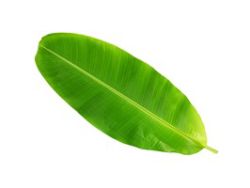 | High tannin release, tropical appeal |
| Guava | 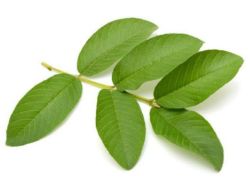 | Antibacterial, slow decomposition |
| Indian Almond | 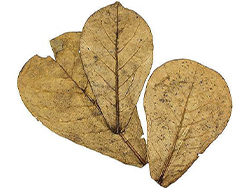 | Reduces pH, inhibits harmful bacteria |
| Mulberry | 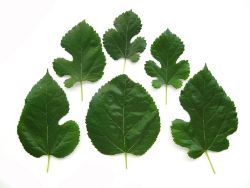 | Nutrient-dense, promotes biofilm |
Hardwood Leaves
| Leaf Type | Image | Key Benefits |
|---|---|---|
| Alder | 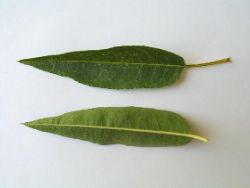 | Releases tannins, fosters microorganisms |
| Ash | 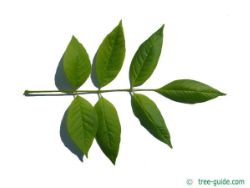 | Moderate decomposition, eco-friendly |
| Beech | 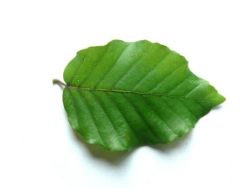 | Long-lasting, gradual tannin release |
| Hazel | 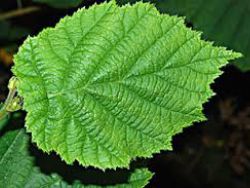 | Durable, ideal for biofilm |
| Linden | 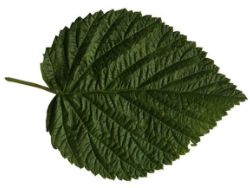 | Soft, decomposes quickly |
| Maple | 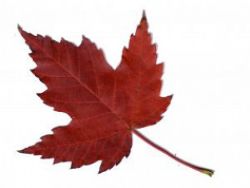 | Great for tannins, aesthetic appeal |
| Oak | 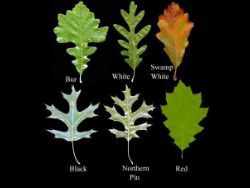 | Highly durable, slow tannin release |
Berries and Other Plants
| Leaf Type | Image | Key Benefits |
|---|---|---|
| Blackberry | 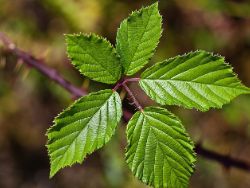 | Nutrient-rich, decomposes moderately |
| Blueberry | 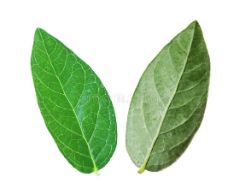 | Releases tannins, boosts shrimp health |
| Dandelion | 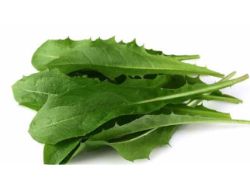 | Nutrient-dense, decomposes quickly |
| Grape | 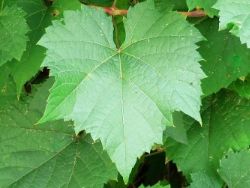 | Provides biofilm and trace elements |
| Nettles | 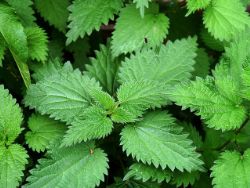 | Nutrient-packed, supports growth |
Other Unique Leaves
| Leaf Type | Image | Key Benefits |
|---|---|---|
| Bamboo | 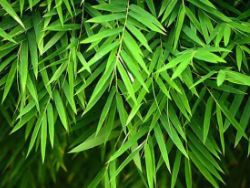 | Long-lasting, eco-friendly |
| Hibiscus | 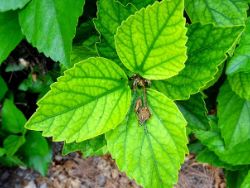 | Nutrient-rich, vibrant visual element |
Tips for Using Leaves
- Preparation: Rinse leaves thoroughly and boil or soak them to remove surface impurities.
- Quantity: Start with one or two leaves per 10 gallons, adjusting based on tank size and shrimp activity.
- Monitoring: Remove decomposed leaves to maintain water quality.
Visual Appeal Meets Functionality
Beyond their nutritional benefits, leaves create a natural aquascape. Whether you’re designing a lush forest-like setup or aiming for a clean, minimalist look, leaves enhance the aesthetic while supporting shrimp health.
Conclusion
Incorporating leaves into your shrimp tank is a win-win for aesthetics and functionality. From Indian Almond to Guava, these natural additions provide essential nutrients and create a thriving ecosystem for your shrimp. Explore different leaf types and watch your shrimp enjoy a habitat close to nature.

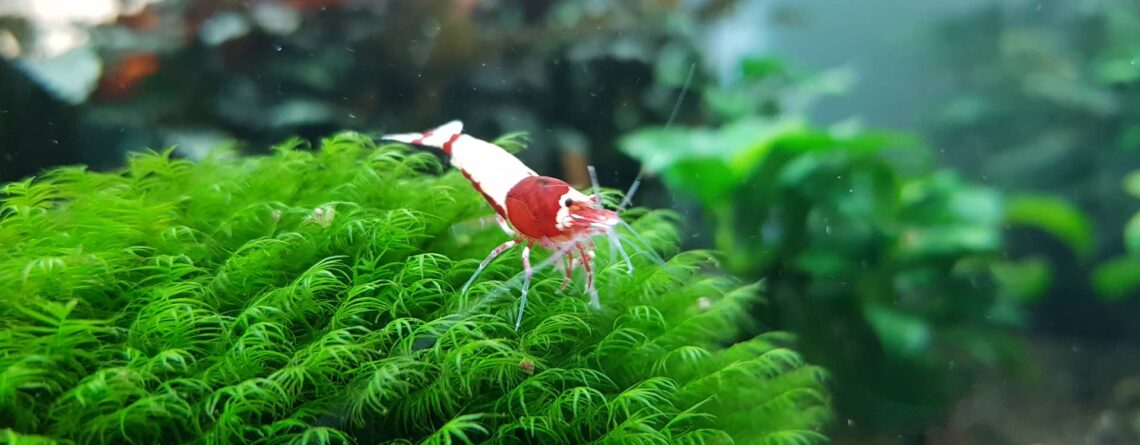
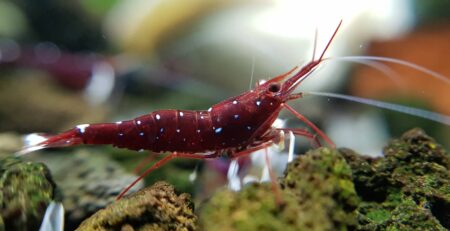
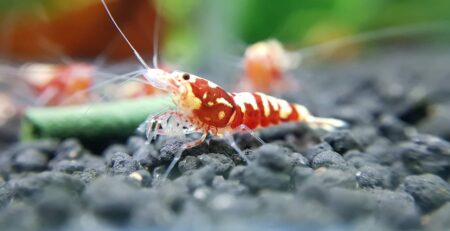
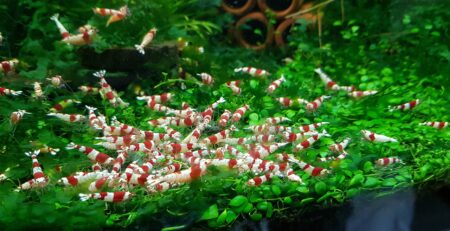
Leave a Reply
You must be logged in to post a comment.